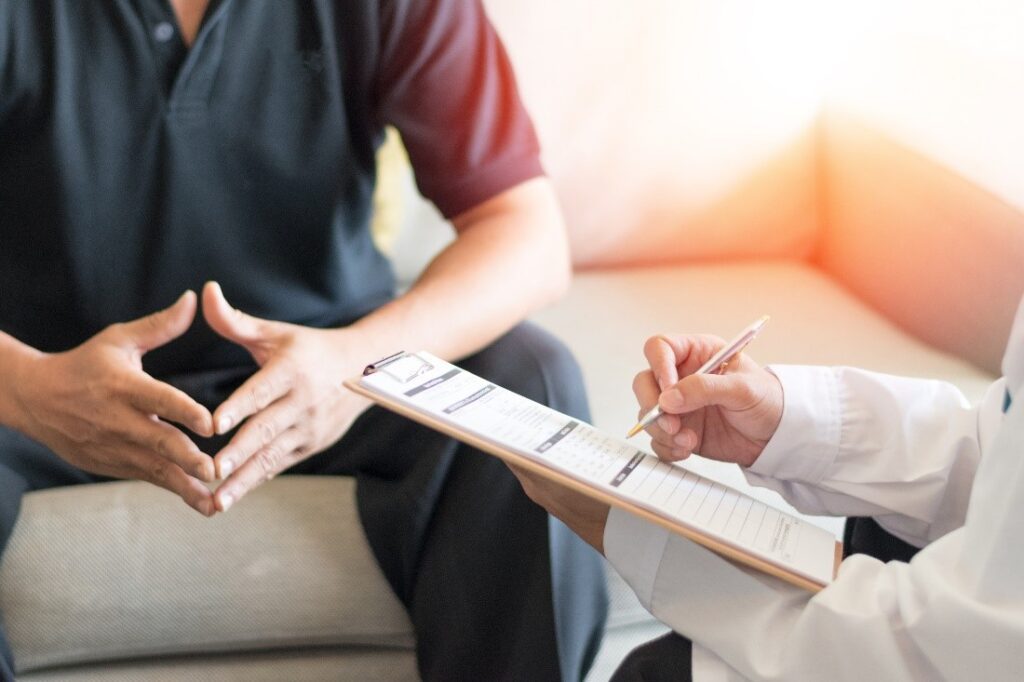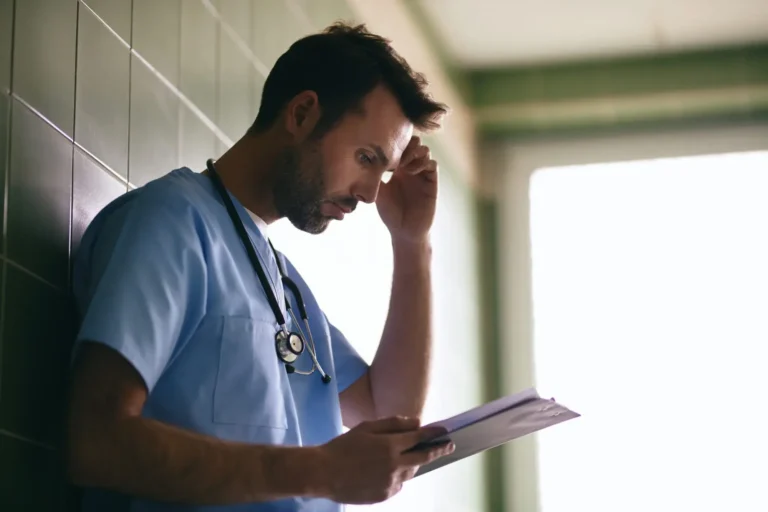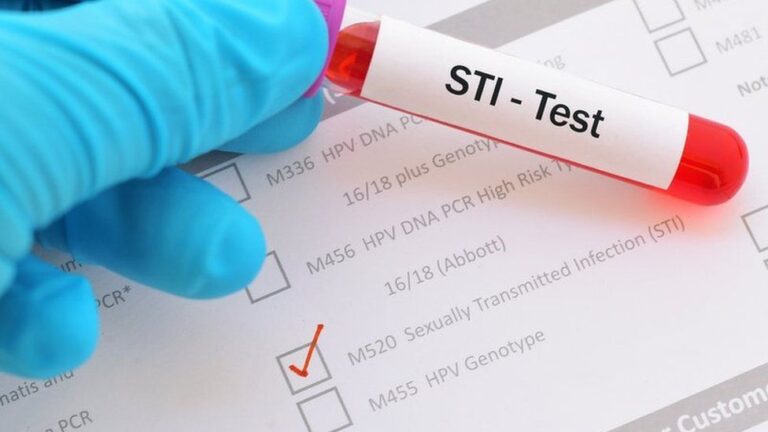STD Prevention Strategies: Tips for Protecting Yourself and Your Partners
Sexually transmitted diseases (STDs) are a significant public health concern that affects millions of people worldwide. These infections are spread through sexual contact, including vaginal, oral, and anal sex, and can have severe consequences such as infertility, cancer, and other life-threatening conditions. However, there are many strategies that individuals can use to protect themselves and their partners from STDs. In this blog, we will discuss some of the most effective STD prevention strategies, including STD testing, safe sex practices, vaccinations, partner selection, and abstinence.

STD Testing
Testing for STDs is one of the most effective ways to prevent the spread of STDs. Getting tested is critical since some STDs don’t show symptoms and can spread unknowingly. It is recommended that sexually active individuals get tested for STDs at least once a year, and more frequently if they have multiple partners or engage in unprotected sex. Testing is quick, easy, and confidential, and individuals can get tested at their doctor’s office, clinics, or community health centers. Online services also offer at-home STD testing kits that people can use.
Safe Sex Practices
Another effective way to prevent the spread of STDs is to practice safe sex. Using condoms or other barrier methods during sexual activity is a key part of safe sex practices. Condoms are highly effective at preventing the spread of most STDs, including HIV, chlamydia, and gonorrhea. However, they are less effective at preventing the spread of herpes and human papillomavirus (HPV). It’s important to communicate openly and honestly with sexual partners about sexual history and any potential STD testing and risks. It’s also essential to know that some STDs can be transmitted through oral sex and anal sex. Using barriers like dental dams and gloves can help reduce the risk of spreading infections during these activities.
Vaccinations
Some STDs can be prevented with vaccinations. For instance, the HPV vaccine is recommended for both boys and girls starting at age 11 or 12. The HPV vaccine can protect against several strains of HPV that can cause genital warts and cervical cancer. Other STD vaccinations include the hepatitis B vaccine and the herpes zoster vaccine. Vaccinations are a crucial part of STD prevention and can help protect individuals from serious health complications associated with these infections.

Partner Selection
Choosing sexual partners carefully is another effective way to prevent the spread of STDs. It’s essential to choose partners who have been tested for STDs and are honest about their sexual history. It’s also vital to avoid sexual activity with partners who have active STD symptoms or who have recently been diagnosed with an STD. Additionally, it’s important to use caution when engaging in sexual activity with someone with a history of unprotected sex with multiple partners.
Abstinence
Abstinence is the most effective way to prevent the spread of STDs. Abstinence means avoiding all sexual activity, including oral, vaginal, and anal sex. While abstinence may not be practical or desirable for everyone, it is a viable option for individuals who want to avoid the risks associated with sexual activity. It’s also an effective way to reduce the risk of unintended pregnancies.
Education and Awareness
Education and awareness are also critical in preventing the spread of STDs. This includes educating yourself about the risks and symptoms of STDs, as well as educating your sexual partners about safe sex practices and the importance of testing. It’s also essential to talk openly and honestly with healthcare providers about any concerns or questions you may have about STD prevention and treatment. Education and awareness help individuals make informed decisions about their sexual health and reduce the risk of transmitting infections to others.
Top Strategies for Preventing STDs: Key Methods Everyone Should Know
Sexually transmitted diseases (STDs) remain a significant public health concern worldwide. The prevention of STDs is crucial in safeguarding one’s health, well-being, and preventing the spread of infections to others. In this article, we will explore effective ways to prevent STDs, including both behavioral and medical strategies. By understanding and implementing these key methods, individuals can greatly reduce their risk and contribute to broader public health efforts.
1. Practice Safe Sex
One of the most reliable ways to prevent STDs is through safe sex practices. This includes using condoms or dental dams during vaginal, anal, and oral sex. Condoms are effective at preventing the transmission of many STDs, including HIV, chlamydia, gonorrhea, and syphilis. However, it’s important to note that not all STDs are fully preventable by condoms alone. For example, herpes and human papillomavirus (HPV) can spread through skin-to-skin contact in areas not covered by a condom. Nevertheless, condoms are one of the best tools for STD prevention.
2. Get Vaccinated
Vaccination is a key method in preventing certain STDs, particularly HPV and hepatitis B. The HPV vaccine, which is recommended for both boys and girls, can prevent the most common types of the virus that lead to cervical, anal, and throat cancers, as well as genital warts. The hepatitis B vaccine, which is given as a series of shots, provides protection against liver infections that can be transmitted sexually.
3. Limit the Number of Sexual Partners
Limiting the number of sexual partners is another effective strategy for preventing STDs. The fewer sexual partners an individual has, the lower their risk of exposure to infections. Additionally, mutually monogamous relationships where both partners are tested and free of STDs can significantly reduce the risk of STD transmission.
4. Regular Testing and Screening
Regular STD testing and screening are essential for early detection and prevention. Many STDs, including chlamydia, gonorrhea, and HIV, may not show noticeable symptoms in the early stages. Therefore, individuals who are sexually active, especially those with multiple partners, should undergo regular testing to detect infections early. Early treatment can prevent the spread of STDs and protect one’s health.
5. Communicate Openly with Your Partner
Honest and open communication with sexual partners is critical in preventing the transmission of STDs. Discussing sexual history, the importance of testing, and preventive measures like condom use can help ensure both parties are on the same page. Having these discussions beforehand can prevent misunderstandings and reduce the risk of STD exposure.
6. Avoid Sharing Personal Items
Certain STDs, such as herpes or syphilis, can be spread through contact with infected personal items like towels or razors. To prevent this, individuals should avoid sharing personal items that may come into contact with bodily fluids or skin lesions.
7. Pre-Exposure Prophylaxis (PrEP) for HIV Prevention
For individuals at high risk of contracting HIV, pre-exposure prophylaxis (PrEP) is a daily medication that can help prevent HIV infection. When taken consistently, PrEP is highly effective in reducing the risk of acquiring HIV, especially for individuals with multiple sexual partners or those who engage in high-risk sexual behavior.
| Strategy | Description | Effectiveness |
|---|---|---|
| Condom Use | Use condoms during all types of sex to reduce STD risk. | High effectiveness for many STDs |
| Vaccination (HPV, Hepatitis B) | Get vaccinated to prevent HPV and hepatitis B infections. | Effective for HPV and Hepatitis B |
| Limiting Sexual Partners | Reduce the number of sexual partners to lower STD exposure. | Moderately effective |
| Regular Testing | Get tested regularly to detect STDs early and prevent spread. | Highly effective for early detection |
| Open Communication | Discuss sexual health openly with partners. | Effective for reducing misunderstandings |
| Avoid Sharing Personal Items | Do not share personal items like towels or razors. | Effective for certain STDs like herpes |
| Pre-Exposure Prophylaxis (PrEP) | Take PrEP to prevent HIV in high-risk individuals. | Highly effective for HIV prevention |
How to Protect Yourself from STDs: Essential Safe Sex Tips
Protecting yourself from sexually transmitted diseases (STDs) is essential for maintaining sexual health and well-being. With the right precautions and safe sex practices, you can significantly reduce the risk of contracting an STD. Here are some crucial safe sex tips to help you protect yourself.
- Mutual Abstinence or Monogamy: Committing to a monogamous relationship with a partner who is STD-free can significantly reduce your risk. Both partners should be tested before starting a sexual relationship to ensure there are no hidden risks.
- Use Condoms Consistently and Correctly: One of the most effective ways to protect yourself from STDs is by using condoms during every sexual encounter. Whether you’re engaging in vaginal, anal, or oral sex, condoms act as a barrier to prevent the exchange of bodily fluids, which is a common way STDs are transmitted. Always use condoms that are in good condition and use them consistently to avoid STDs.
- Get Regular STD Screenings: Even if you’re not showing symptoms, it’s essential to get tested regularly for STDs, especially if you have multiple partners or are engaging in unprotected sex. Regular screenings help identify STDs early, allowing for timely treatment and reducing the risk of transmitting them to others.
- Limit the Number of Sexual Partners: Reducing your number of sexual partners can lower your exposure to STDs. The more sexual partners you have, the higher your risk of contracting an STD. Communicate openly with your partner about sexual health and ensure that both of you are on the same page regarding protection.
- Consider Vaccination: Vaccines are available for certain STDs, like the human papillomavirus (HPV) and hepatitis B. STD protection through vaccination is highly effective in preventing these infections, and it’s a crucial step in safeguarding your sexual health.
The Importance of Consistent STD Prevention: How to Avoid STDs Before, During, and After Sex
STD prevention is crucial for maintaining sexual health, but to be truly effective, it needs to be a consistent practice throughout all stages of sexual activity. Knowing how to prevent STDs before, during, and after sex can significantly reduce the risk of exposure to sexually transmitted infections (STIs).
Before Sex: Preparation is key. The first step in preventing STDs is communication with your partner. Discussing sexual health openly ensures both individuals are aware of any potential risks. Using barriers like condoms or dental dams is one of the most effective methods to prevent the transmission of STDs, such as chlamydia, gonorrhea, and HIV. Vaccinations, like the HPV vaccine, can also offer protection against certain types of infections before they can be transmitted.
During Sex: Practicing safe sex is essential. Always use protection, even in long-term relationships, as STDs can be asymptomatic. If you’re unsure of your partner’s sexual health, using condoms or other protective measures is vital in reducing the risk. It’s important to remember that some STDs can still be transmitted through skin-to-skin contact, making consistent use of barriers essential.
After Sex: Knowing how to prevent STDs after sex can be just as important. If you believe you may have been exposed, there are steps to take. Urinating and cleaning up after sex won’t prevent the spread of STDs, but post-exposure prophylaxis (PEP) for HIV, when taken within 72 hours, can reduce the chances of infection. Additionally, regular testing for STDs can help detect any infections early, allowing for timely treatment and preventing further complications.
By following these steps consistently, you can greatly reduce your risk of getting an STD, maintaining both your sexual health and peace of mind.
Understanding Different STD Prevention Methods: From Vaccines to Barrier Methods
Preventing sexually transmitted diseases (STDs) is essential for maintaining sexual health and well-being. There are various STD prevention methods available, each offering protection in different ways. By understanding these strategies, individuals can make informed choices to protect themselves from infections like chlamydia, HIV, and other STIs.
Vaccines are one of the most effective preventive measures against certain STDs. The prevention of STD and HIV can be achieved through vaccines like the HPV vaccine and the Hepatitis B vaccine. The HPV vaccine protects against human papillomavirus, a major cause of cervical cancer and genital warts, while the Hepatitis B vaccine prevents liver disease and transmission of the virus. Getting vaccinated before becoming sexually active can significantly reduce the risk of these infections.
Barrier Methods, such as condoms and dental dams, are highly effective STD prevention methods. Condoms, when used correctly and consistently, can protect against most STDs, including HIV, chlamydia, gonorrhea, and herpes. Dental dams, used for oral sex, are also an excellent way to protect against STIs. Chlamydia prevention strategies, for example, strongly recommend using condoms during vaginal, anal, or oral sex to prevent the spread of the infection.
In addition to vaccines and barriers, regular testing and screening are key STI prevention strategies. Regular testing allows for early detection and treatment of infections, reducing the risk of complications and transmission to others. For individuals at high risk, healthcare providers may recommend pre-exposure prophylaxis (PrEP), a medication that can prevent HIV transmission.
Conclusion
STDs are a significant public health concern that can have devastating consequences. However, there are many strategies that individuals can use to protect themselves and their partners from STDs. These include STD testing, safe sex practices, vaccinations, partner selection, abstinence, education, and awareness. By utilizing these prevention strategies, individuals can reduce the risk of contracting and spreading STDs, which will help protect their health and the health of their partners.
It’s important to note that STD prevention is a shared responsibility. It’s essential to communicate openly and honestly with sexual partners about STD risks and to encourage them to get tested regularly. It’s also crucial to use barriers like condoms during sexual activity and to avoid sexual activity with partners who have active STD symptoms or who have recently been diagnosed with an STD. Additionally, education and awareness are essential in reducing the stigma associated with STDs and promoting safe and healthy sexual behavior.
Related Tag: STD Clinic Jacksonville, FL






